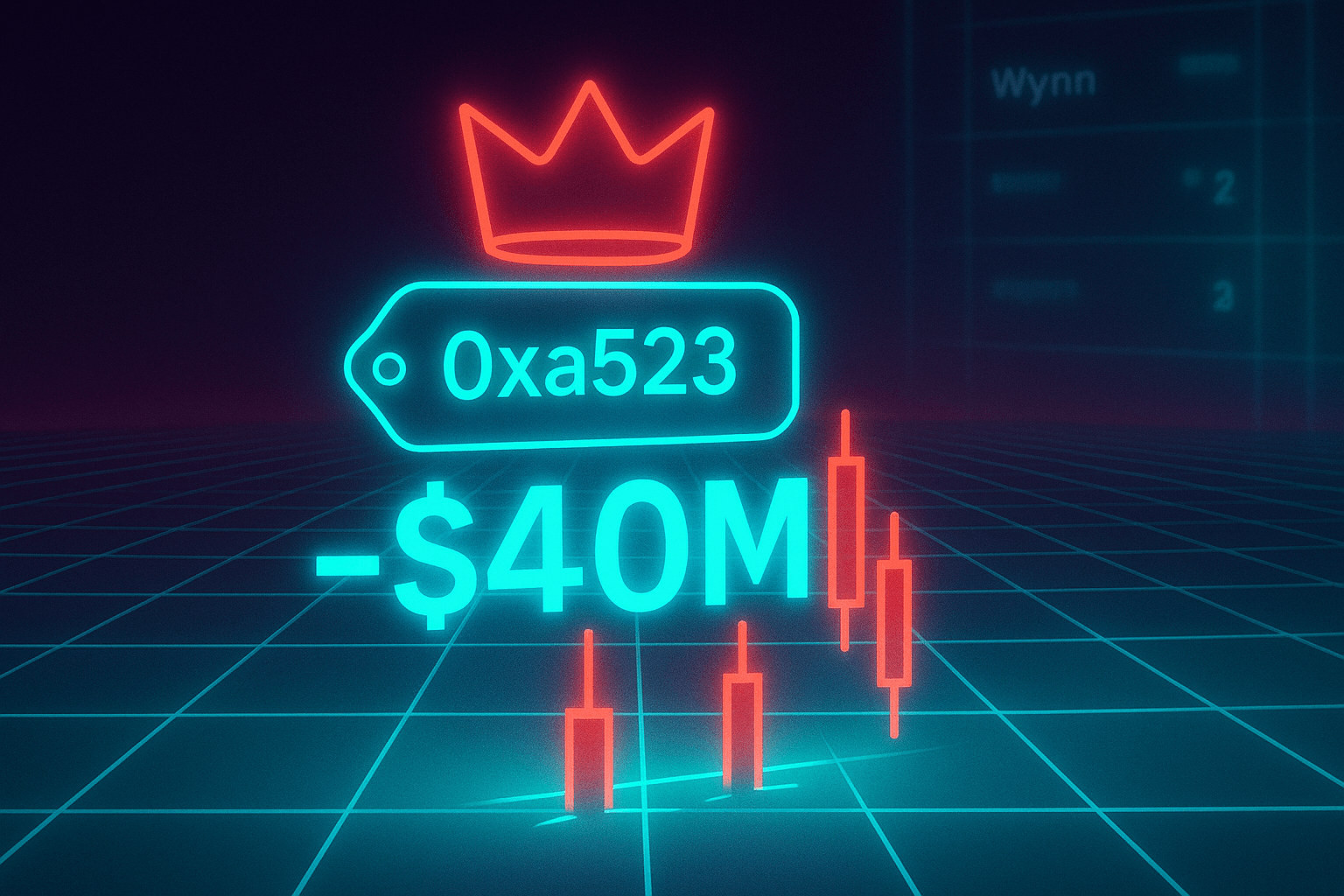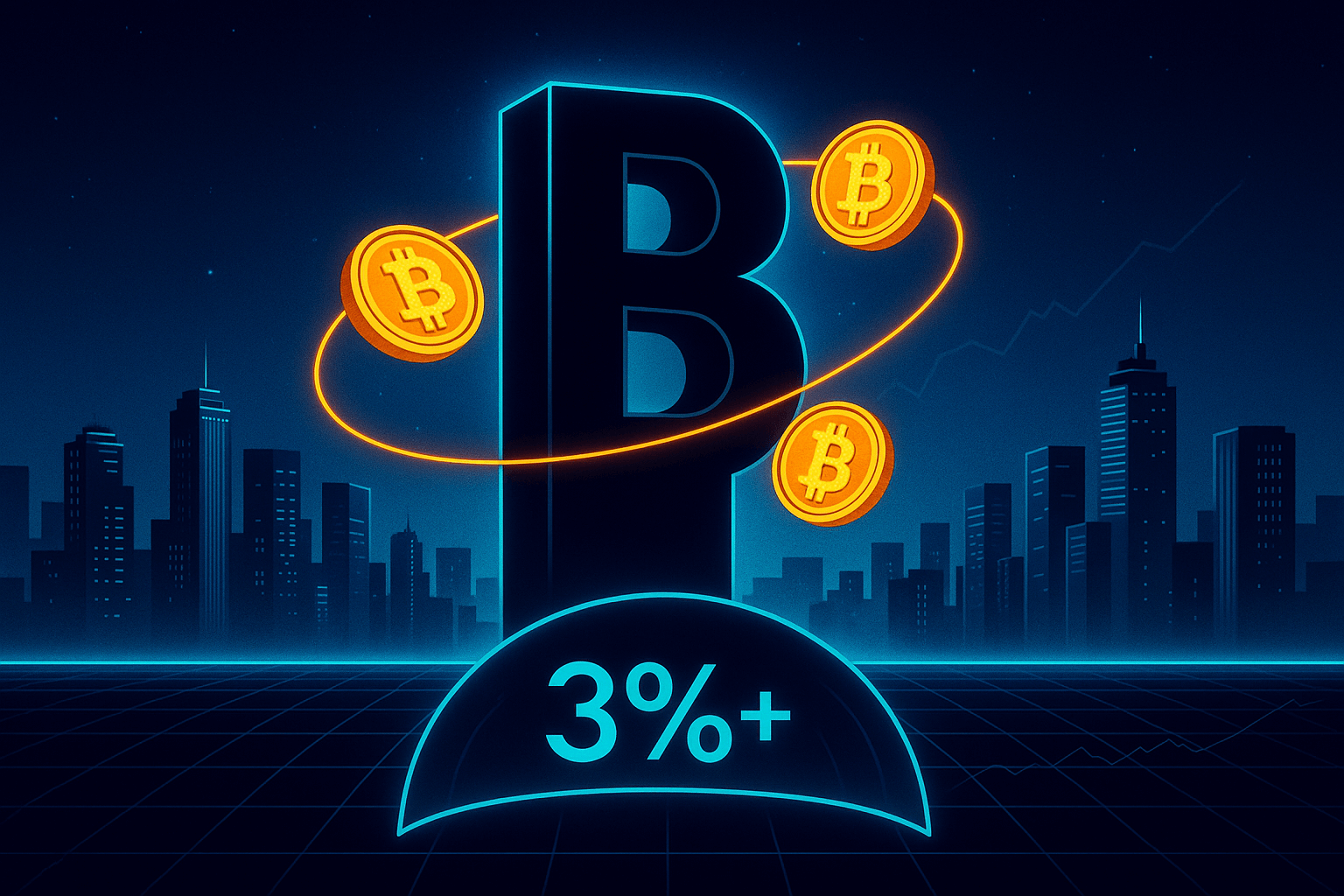Flow Shift: Ethereum and Altcoins Soak Up Liquidity as Bitcoin Cools Off
July 29, 2025
Fresh Glassnode analytics reveal the strongest spot‑volume skew toward Ethereum in over three years, confirming that capital is rotating out of Bitcoin into ETH and select altcoins. The data, extracted from exchange order‑book fills and on‑chain settlement flows, shows Ethereum capturing nearly 43 percent of aggregated CEX volume during the last seven trading sessions, up from an April average near 25 percent. Traders view the pivot as an early sign of a broader “altcoin window” — a phase that historically opens after Bitcoin establishes new highs and volatility compresses. Below we dissect the catalysts, the nuances that make this rotation different from past cycles, and practical steps Paypilot users can take to participate without overexposing to headline risk.
Why Liquidity Is Drifting Away From Bitcoin
Bitcoin’s blistering run toward \$123 000 paused as spot ETF inflows tapered and macro headlines flipped defensive. Rather than exit crypto exposure altogether, discretionary funds and algorithmic desks redirected flow toward assets with higher beta and catch‑up potential. Ethereum naturally tops that list: it holds institutional credibility, boasts liquid derivatives markets, and offers stronger staking yield than simple BTC carry trades. The timing is logical; BTC’s 30‑day realized volatility just printed its lowest reading since late 2024, and mean‑reversion models flag limited upside without fresh catalysts.
Beyond relative boredom, several structural drivers favor ETH:
- Layer‑2 fee revenue: Rollups continue to settle an increasing share of transactions, yet value accrues to ETH through burns and data‑availability fees.
- Staking appeal: At roughly 4 percent native yield (pre‑MEV), large accounts see ETH as a combination of growth equity and yield‑bearing bond, especially while fiat money‑market rates drift lower on Fed‑cut expectations.
- ETF speculation: With spot Bitcoin ETFs now mainstream, traders anticipate the SEC green‑lighting ETH spot products. Even a rumor cycle is often enough to front‑run allocations.
Glassnode’s “Volume Skew” Explained
Volume skew measures the share of total exchange‑reported spot volume allocated to one asset relative to the broader market. A persistent skew shift indicates systematic capital rotation, not just a single whale print. Glassnode’s dashboard shows ETH’s skew surging to 42.9 percent — a level last seen in November 2021 during the early stages of that cycle’s alt‑season. What makes 2025 unique is the coexistence of large ETF flows and a more mature derivatives market. In other words, volumes are heavy not only on retail‑led Binance books but also on CME futures and regulated venues.
Altcoin Beneficiaries Beyond ETH
Capital rarely stops at Ethereum. Once traders rotate, they cascade down the risk curve in search of asymmetric upside. Early beneficiaries include:
- Layer‑2 ecosystem tokens (e.g., OP, ARB) — the more usage they capture, the more narrative lift they receive.
- Liquid‑staking derivatives (stETH, rETH) — provide a yield kicker while maintaining ETH beta.
- High‑profile Solana memes — these see speculative flywheel effects whenever ETH outperforms BTC, as traders chase “next in line.”
Caution: secondary plays move in tighter liquidity lanes. Slippage, inflated funding, and shallow order books can erase theoretical edge if not executed carefully.
Risks to the Rotation Narrative
Nothing moves in a straight line. Three threats could derail altcoin outperformance:
- Resurgent Bitcoin inflows: A fresh wave of spot ETF creations would crowd fund flows back to BTC, compressing ETH/BTC.
- Macro head‑fakes: A surprise hawkish Fed pivot or geopolitical shock pushing investors back into USD safety can flatten the entire crypto curve.
- ETH ETF denial: If regulators delay or reject spot ETH proposals, implied optionality embedded in current pricing could unwind swiftly.
Actionable Playbook for Paypilot Users
Private rotation via OTC. Shift partial BTC exposure into ETH or selected altcoins through the Paypilot OTC desk. Large clips clear off‑book, avoiding slippage and narrative leakage.
Yield buffer. Park reserve capital in USDC inside the Paypilot wallet at 4 percent APY while waiting for confirmed ETH/BTC breakouts. If momentum stalls, you earn carry instead of staring at chop.
Auto‑conversion for exits. Should alt positions deliver outsized gains, instantly convert part of the profits to fiat at checkout with the Paypilot crypto card, thus crystallizing returns without separate off‑ramp delays.
Risk‑balanced sizing. Treat ETH as mid‑beta, altcoin plays as high‑beta. Allocate accordingly. Use stop‑outs based on ETH/BTC ratio instead of absolute USD moves to capture relative rotation rather than raw price swings.
Data Points to Monitor This Month
• ETH share of aggregated spot volume: sustained prints above 40 percent confirm rotation strength.
• ETH/BTC ratio: a clean break above the 0.065 level historically precedes multi‑week alt rallies.
• Exchange inflow/outflow patterns: net ETH withdrawals plus rising staking deposits signal conviction.
• Options skew: falling put‑call skew on ETH versus rising skew on BTC often accompanies relative‐strength handoffs.
• L2 daily active addresses: continued growth validates the “fee stadium” thesis underpinning ETH’s long‑run burn narrative.
Final Word
Momentum is not destiny, but Glassnode’s volume skew data shows real capital shifting toward Ethereum and satellite altcoins. The next leg higher for ETH depends on catalytic follow‑through — ETF headlines, continued staking demand, and L2 economic activity — but the groundwork is visible on‑chain. Whether you rotate or wait, stay data‑driven. Paypilot’s OTC rails, yield wallets and instant card conversions give you the flexibility to embrace opportunity while capping downside surprises.



